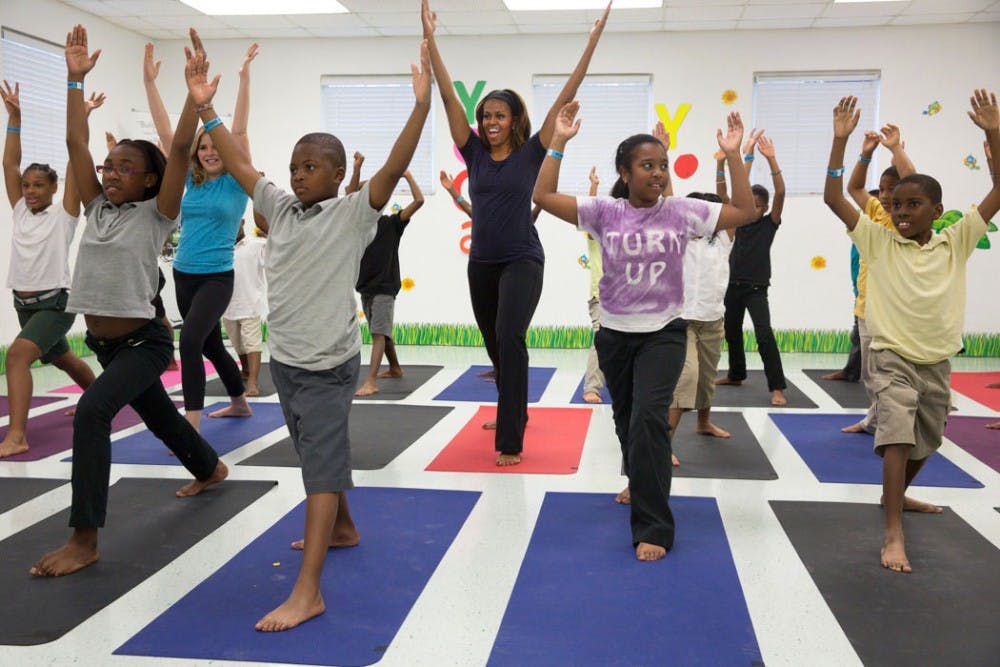Breathe in, stretch your arms to the sky in tree pose, breathe out.
Many practice yoga to relax and help them with their mental health. Yoga practices were first recorded in the Rig-Veda, an ancient religious Hindu text.
Over 5,000 years after the Indus-Savarasvati Civilization in Northern India first developed yoga, researchers at Tulane University have published new research on this ancient art.
In a study published in Psychology Research and Behavior Management, a team of researchers found that elementary-school-aged students who practiced yoga in school consistently demonstrated lower levels of anxiety and higher levels of emotional well-being.
The researchers studied third graders in a public school in New Orleans.
Third graders were chosen because, according to the researchers, they are at an age that is a critical turning point in learning.
Alessandra Bazzano, the principal author of the study and an associate professor of Global Community Health and Behavioral Sciences at Tulane University School of Public Health, discussed the details of the findings in a press release.
“Our initial work found that many kids expressed anxious feelings in third grade as the classroom work becomes more developmentally complex,” Bazzano said.
The students were randomly assigned to one of two groups. The control group of 32 students received standard counseling care while the experimental group of 20 students participated in a Yoga Ed curriculum.
Yoga Ed is a school-based yoga program founded in 1999 that has been implemented in schools across the world.
Currently the Yoga Ed curriculum has over 240 yoga-based activities, modified for the age group that is participating.
Yoga poses, breathing exercises, games, and techniques for relaxation and visualization are all included in the curriculum. The study lasted for eight weeks.
The anxiety levels and the quality of life of the schoolchildren were measured before, during and after the eight-week treatment.
The parameters were assessed using the Brief Multidimensional Students’ Life Satisfaction Scale (the Peabody Treatment Progress Battery version) and the Pediatric Quality of Life Inventory.
The researchers observed a marked improvement.
“The intervention improved psychosocial and emotional quality of life scores for students, as compared to their peers who received standard care,” Bazzano said.
Teachers also noticed the benefits and incorporated more yoga throughout the school week, even after researchers concluded the study.
“We also heard from teachers about the benefits of using yoga in the classroom, and they reported using yoga more often each week, and throughout each day in class, following the professional development component of intervention,” Bazzano said.
This study was performed on a small scale, so the results will have to be replicated in other, large-scale studies in order to develop stronger conclusions.
At the very least, the study confirms that school-based yoga will not detrimentally affect schoolchildren’s mental well-being.
According to the 2014 Stress in America survey by the American Psychological Association, stress among American teenagers match those of adults. Almost 2,000 adults and 1,000 teenagers were surveyed.
The health impacts of stress have been extensively observed and proven by many studies. As modern research increasingly suggests that yoga reduces those same stressors, there might be a greater push in education to incorporate yoga and its helpful mindfulness techniques into the greater school curriculum.





